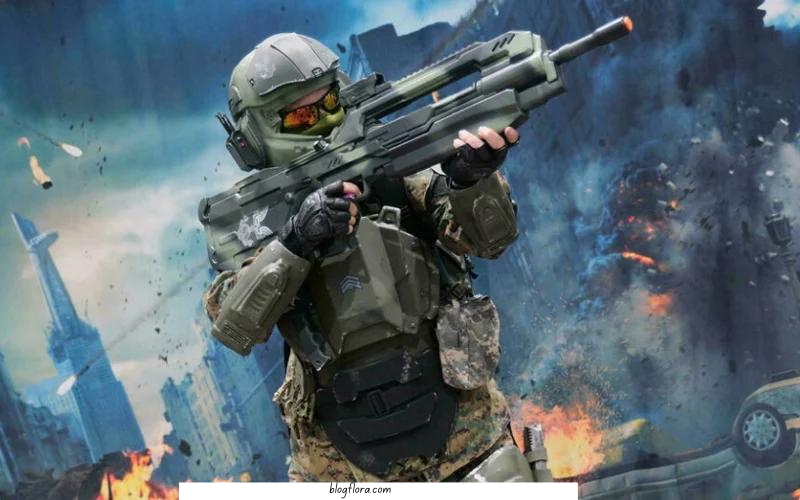Halo: Combat Evolved, released in 2003, introduced players to a futuristic world full of thrilling battles, immersive environments, and ground-breaking gameplay. Aside from its revolutionary mechanics, Halo (2003) became known for its memorable game icons and banners, which continue to influence gaming culture today. These visual elements represent not only the game, but also the Halo franchise’s legacy.
The Role of Icons in Halo (2003)
Icons in video games are more than just images; they are symbols that convey the game’s core identity. For Halo: Combat Evolved, the icons were important markers for gameplay mechanics, weaponry, and player progression. These visual cues, such as the simple but effective radar icon in the corner of the screen and the instantly recognisable shield and health indicators, helped players seamlessly immerse themselves in the Halo universe.
The game’s icons were created with form and function in mind. Clean, minimalist designs ensured that players could grasp the game’s mechanics without becoming overwhelmed. Icons like the Master Chief’s iconic helmet and the UNSC emblem became instantly recognisable, cementing Halo’s place in gaming history.
Evolution of Halo Banners
Along with the game icons, Halo (2003) also made good use of banners. These visual assets were commonly used on loading screens, game menus, and promotional materials. Banners were crucial in setting the tone for the game. In fact, Halo banners frequently featured dramatic landscapes, with the Halo ring structure prominently displayed, reminding players of the game’s grand scale and mysterious nature.
The banners also played an important role in marketing the game. Bold, eye-catching designs depicted Master Chief standing tall on a battlefield or engaged in combat with the Covenant, enticing both new and returning players. As gaming evolved from a niche hobby to mainstream entertainment, the Halo (2003) banners became culturally significant.
The Enduring Legacy of Halo’s Visual Elements
Even after two decades, Halo: Combat Evolved’s icons and banners remain popular with fans and have left an indelible mark on the franchise’s branding. These visual elements have been reimagined in later Halo games, with modernised versions of the original designs. Players remember the 2003 game icons and banners for their simplicity and functionality.
For die-hard fans, the game’s original visual assets evoke nostalgia, transporting them to the early 2000s, when Halo’s release forever altered the gaming landscape.
Conclusion
Halo: Combat Evolved (2003)’s success can be attributed not only to its innovative gameplay but also to its impactful design choices, such as the game’s icons and banner. These elements contributed significantly to the immersive experience that fans adored, as well as to the franchise’s ongoing legacy. As we reflect on the classic era of gaming, it’s clear that Halo’s visual design is iconic and influential.
Whether you’re a long-time fan or new to the series, the significance of Halo (2003) game icons and banners demonstrates the value of well-crafted visual storytelling in gaming.
Also Read: Egochi Miami SEO Agency: Improve Your Digital Presence in Miami

